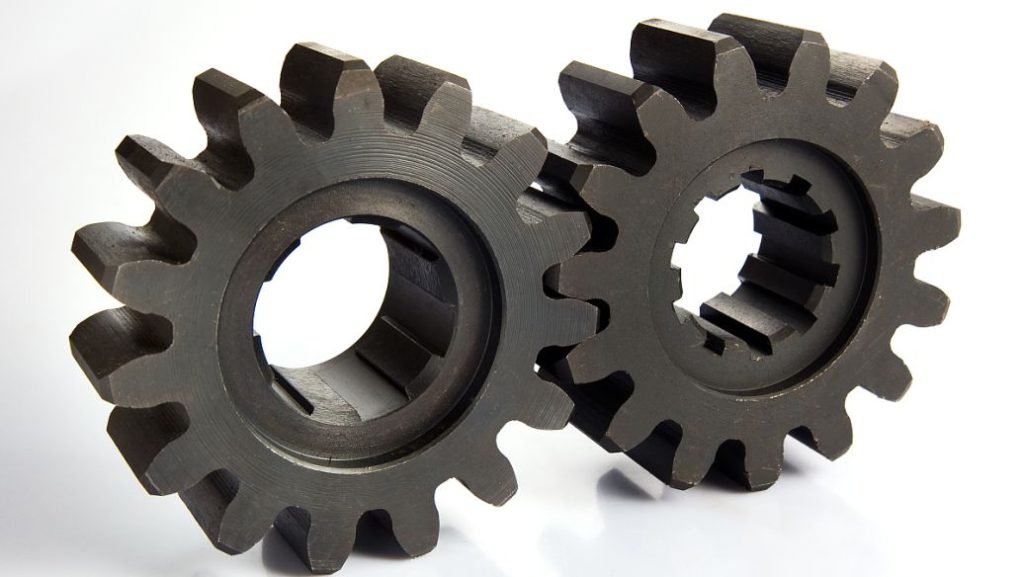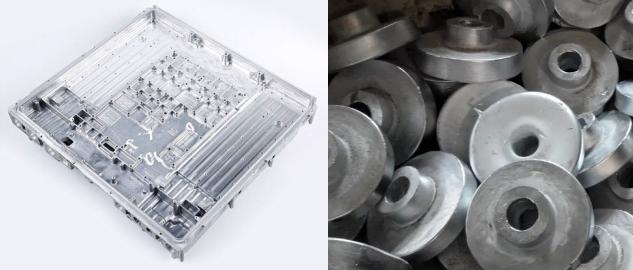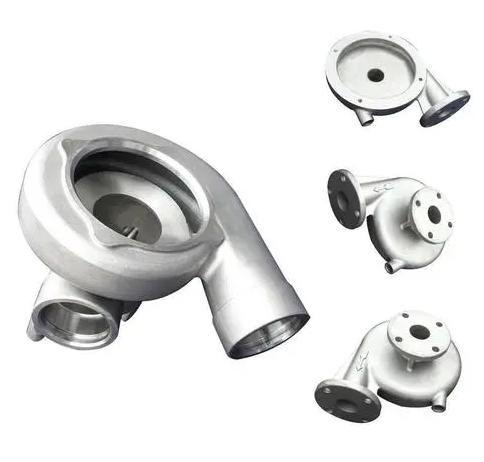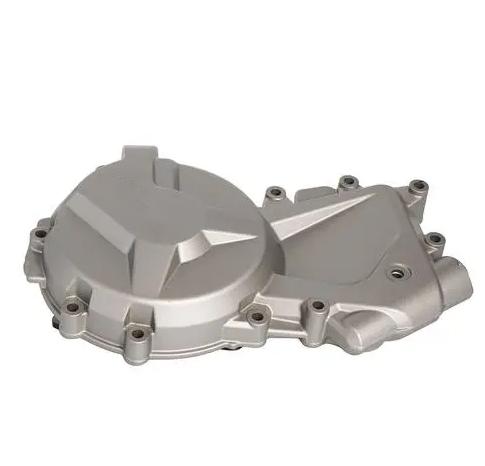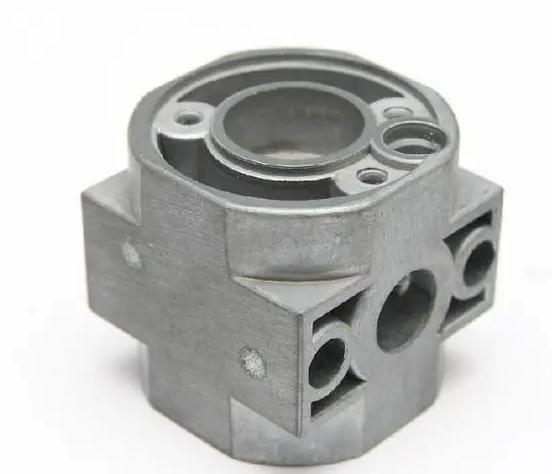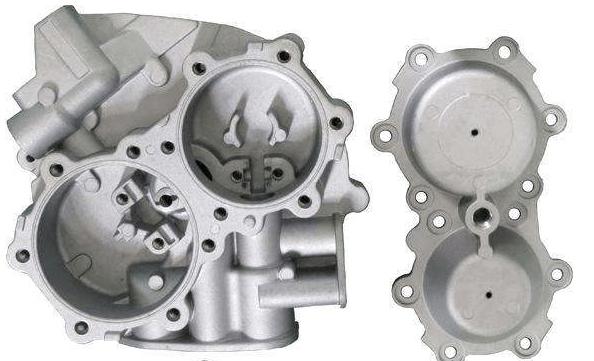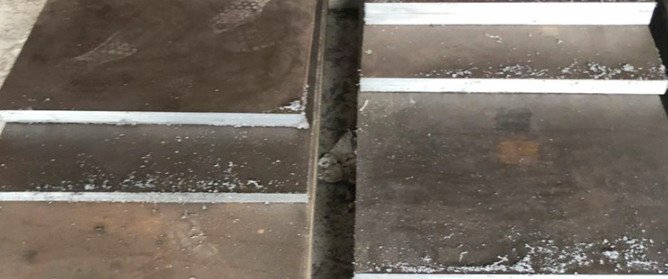Aluminum casting is a widely used method in manufacturing to create complex parts with durability and high precision. Among the casting methods, high-pressure die casting (HPDC) and low-pressure die casting (LPDC) are the most commonly chosen for producing aluminum components. Each has unique advantages, suited to different applications and project requirements. This article will explore these two casting methods in detail, compare their benefits and limitations, and provide guidance on when to choose HPDC or LPDC for your manufacturing needs.
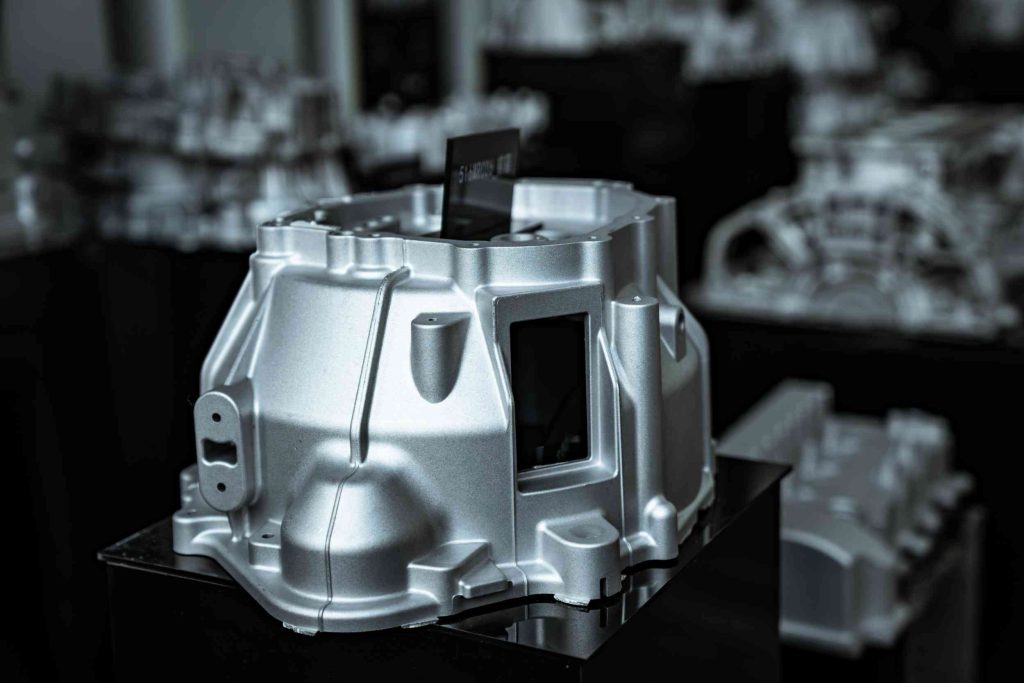
Understanding High and Low Pressure Die Casting
High Pressure Die Casting (HPDC)
HPDC involves injecting molten aluminum into a mold cavity at extremely high pressures, typically ranging from 10,000 to 30,000 psi. This process allows for rapid filling and solidification, resulting in components with high dimensional accuracy and excellent surface finish. HPDC is known for its efficiency, making it ideal for high-volume production of parts like automotive and electronic components.
Low Pressure Die Casting (LPDC)
In contrast, LPDC involves slowly forcing molten aluminum into the mold under lower pressure(typically around 15 to 30 psi), usually from below. This method allows the metal to flow more evenly and gradually into the mold, resulting in reduced turbulence and minimizing the risk of defects like porosity. LPDC is often used to cast complex shapes with fine detail and varying wall thicknesses.
Both HPDC and LPDC have unique characteristics that influence the quality and efficiency of the aluminum casting process. While HPDC excels in high-speed production, LPDC offers better flexibility and structural integrity for complex shapes.
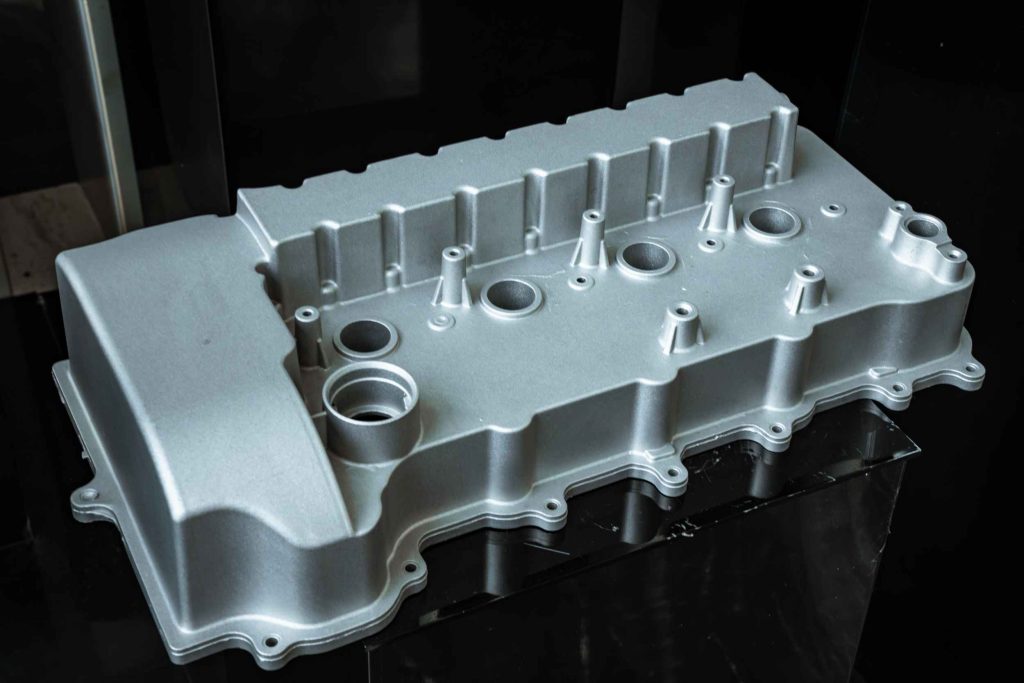
Comparing High and Low Pressure Die Casting
High-pressure die casting (HPDC) and low-pressure die casting (LPDC) offer distinct approaches to producing aluminum parts, each suited to different production needs. Here we’ll talk about the key differences between these two methods to help determine which is best suited for specific project requirements.
Key Differences Between High and Low Pressure Die Casting
| Aspect | High Pressure Die Casting (HPDC) | Low Pressure Die Casting (LPDC) |
| Pressure Levels | Very high (often exceeding 15,000 psi) | Lower pressure, allowing gradual mold filling |
| Production Speed | Fast cycle times; optimized for mass production | Slower cycle times; suitable for smaller batches |
| Complexity of Parts | Best for simple shapes with uniform thickness | Ideal for complex shapes with varied thickness |
| Tolerance & Precision | High precision with tight tolerances | Good precision; allows for complex geometry |
| Surface Finish Quality | Smooth finish, often requiring minimal finishing | Quality finish but may need additional polishing |
| Porosity Control | Higher risk of porosity without careful management | Low porosity due to gentle, controlled flow |
| Upfront Costs | Higher initial investment in equipment and tooling | Lower equipment costs, beneficial for smaller runs |
| Material Strength | Moderate; suitable for non-structural parts | High; better for parts requiring structural integrity |
| Applications | Automotive, electronics, and high-volume parts | Aerospace, architectural, and intricate designs |
Each of the methods have their advantages and disadvantages, let’s find out:
Advantages and Disadvantages of High and Low Pressure Die Casting
| Method | Advantages | Disadvantages |
| High Pressure Die Casting (HPDC) | High production speed and efficiency, ideal for mass production. | High upfront cost due to specialized equipment and tooling. |
| Produces parts with tight tolerances and smooth surfaces, reducing the need for secondary processing. | Tooling wear from intense pressure, requiring regular maintenance. | |
| Excellent for uniform, simple shapes with consistent wall thickness. | Greater risk of porosity, which can affect material integrity. | |
| Low Pressure Die Casting (LPDC) | Suitable for complex shapes and variable wall thicknesses. | Slower production cycle time, limiting efficiency for high-volume projects. |
| Lower porosity and better material integrity due to controlled metal flow. | Surface finish may require additional polishing or finishing to meet desired specifications. | |
| Lower initial equipment cost, making it cost-effective for small to medium production runs. |
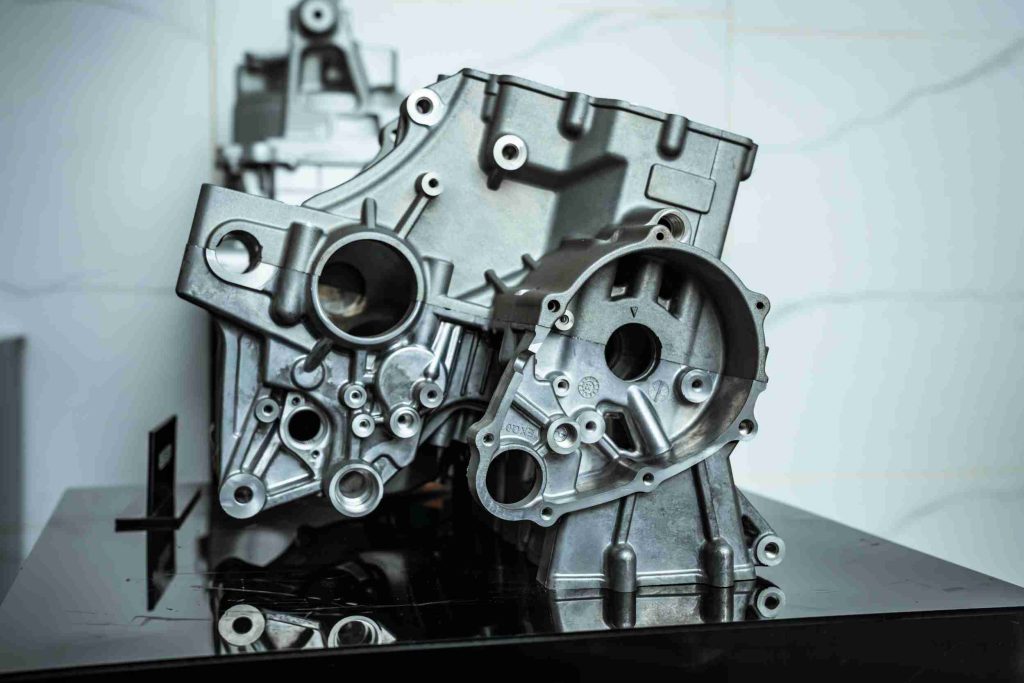
When to Choose High or Low Pressure Die Casting?
Factors to Consider When Choosing a Casting Method
When selecting the right casting method, several factors should be taken into account:
- Production Volume: HPDC is preferred for high-volume production due to its speed and efficiency, while LPDC is better suited for small to medium production runs.
- Component Complexity: LPDC is ideal for parts with complex geometry and varying wall thicknesses, whereas HPDC is best for uniform shapes.
- Surface Finish and Tolerance Requirements: HPDC generally produces smoother finishes and tighter tolerances, which may reduce the need for further finishing.
- Cost Constraints: HPDC can involve higher initial setup costs, but it becomes cost-effective over larger volumes. LPDC is more economical for smaller production volumes or highly customized parts.
- Mechanical Properties: LPDC offers higher strength and lower porosity, making it suitable for parts that require structural integrity, whereas HPDC provides adequate strength with higher production efficiency.
When to Choose HPDC?
High-pressure die casting is the best choice when:
- High Volume: The project involves mass production, such as in the automotive or electronics industries.
- Uniform Wall Thickness: The design has consistent wall thickness and does not require intricate internal structures.
- Tight Tolerances: Precision is essential, and the components must have minimal dimensional variation.
- Speed and Efficiency: High-speed production is a priority, as HPDC minimizes cycle time.
Examples of products commonly made with HPDC include automotive engine parts, electronic housings, and appliance components.
When to Choose LPDC?
Low-pressure die casting is preferred when:
- Lower Volume Production: The project does not require mass production, or each part is highly customized.
- Complex Geometries: The design includes intricate details or varied wall thickness, such as in aerospace components.
- Strength and Integrity: Structural integrity is critical, and the part must have low porosity and good metallurgical properties.
- Cost Sensitivity: Lower upfront equipment costs are needed, as LPDC generally requires less specialized machinery.
Typical applications of LPDC include aerospace parts, architectural fixtures, and large or complex castings with unique shapes.
Selecting the right aluminum die casting method depends on the specific needs of each project. High-pressure die casting excels in high-speed, large-scale production with precision and smooth finishes. Low-pressure die casting, while slower, is better for creating intricate designs and offers greater structural integrity. JTR is a professional die casting manufacturer, not only for Aluminum, but also for other materials like Zinc, Magnesium, etc . Please feel free to contact us for your needs. Believe our engineer will choose the right method to ensure the highest quality and efficiency in the casting processes.


